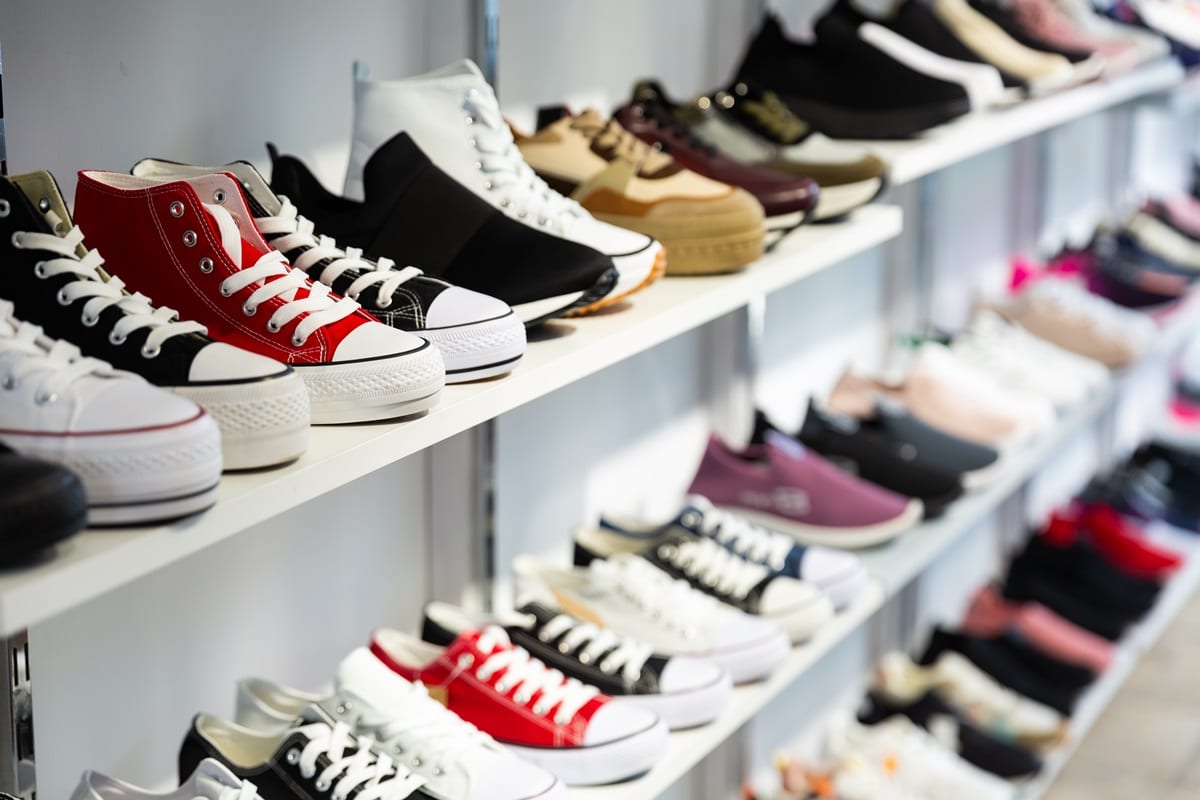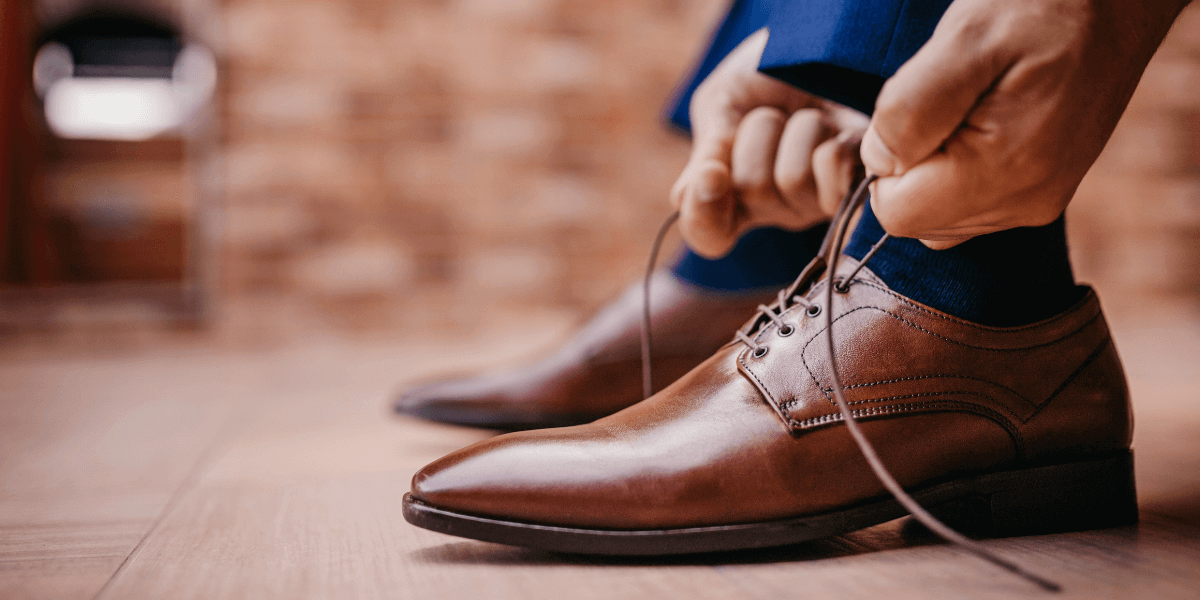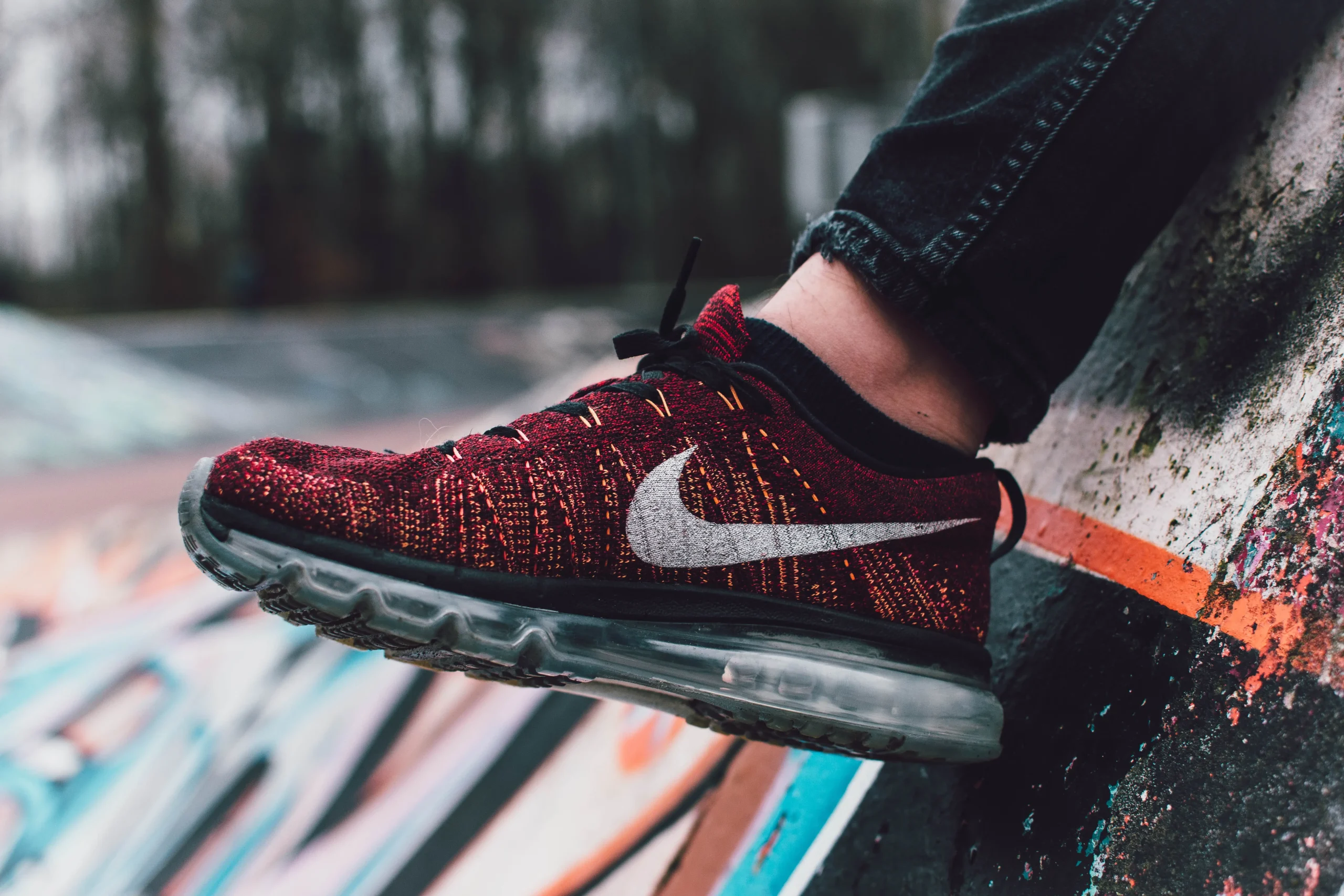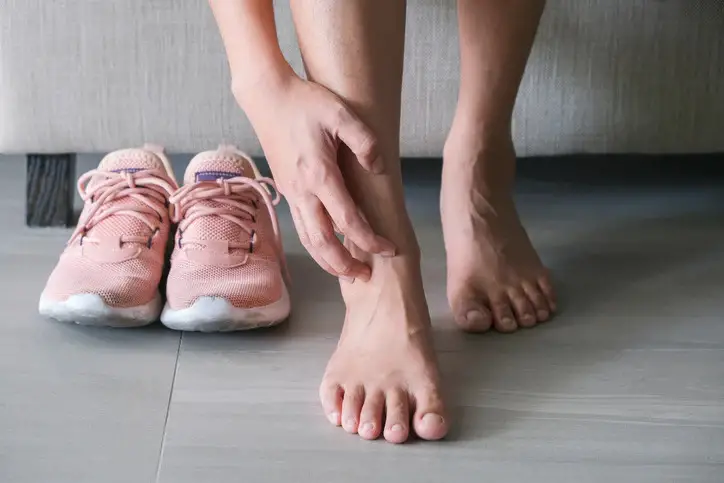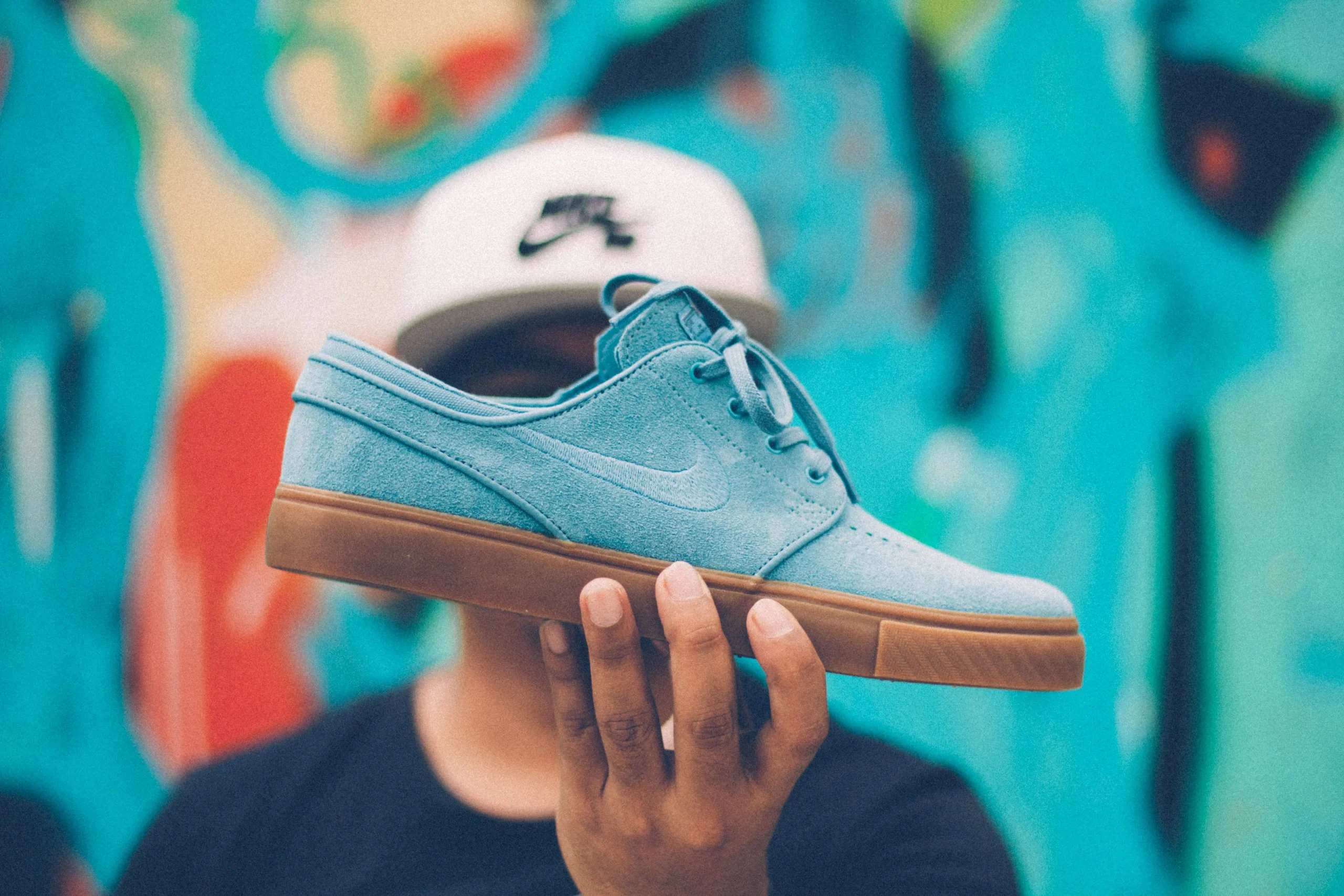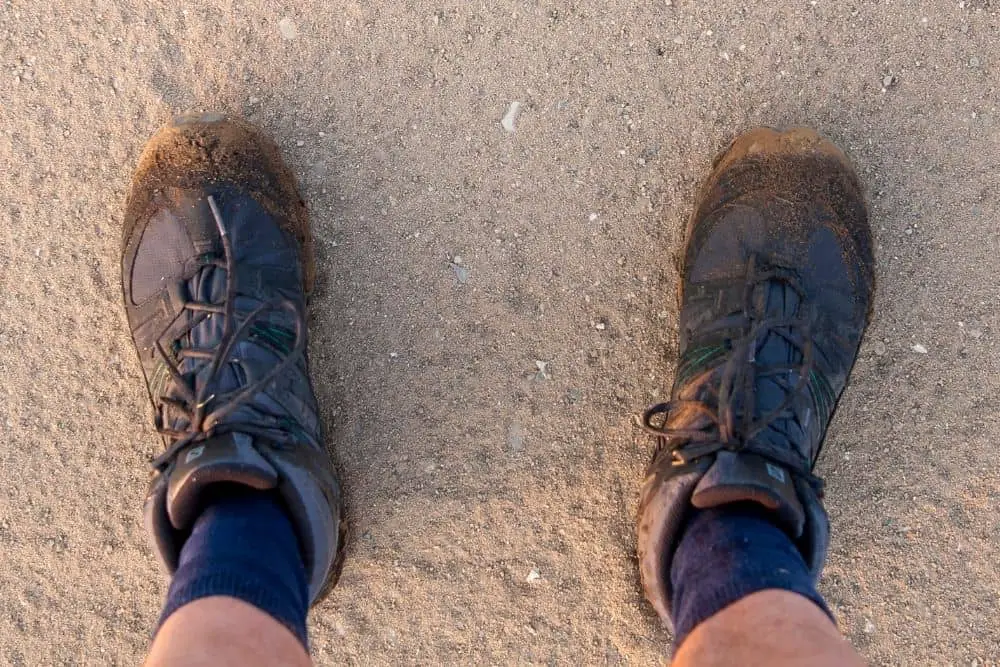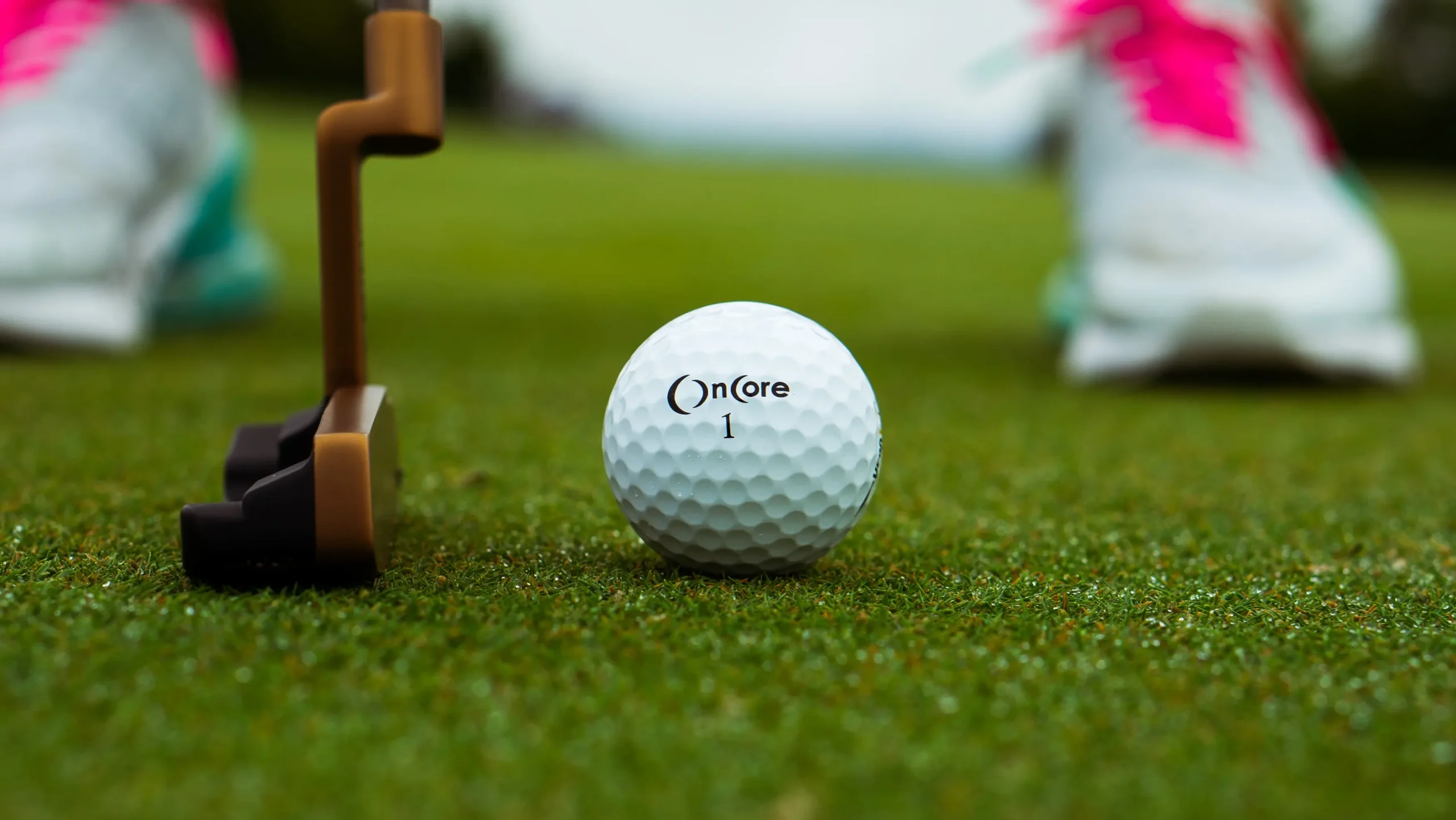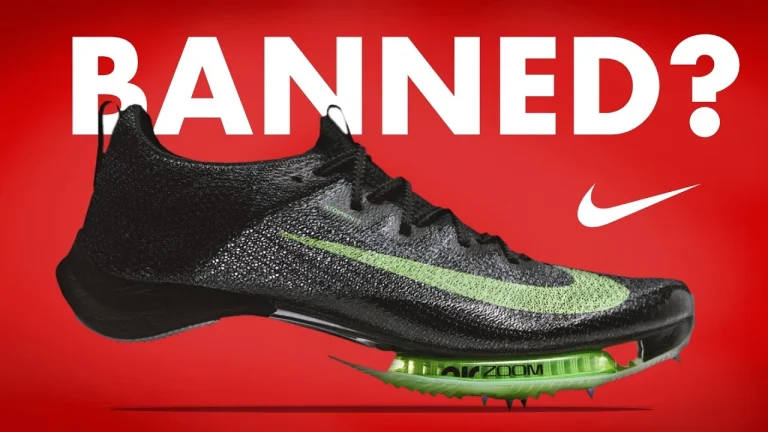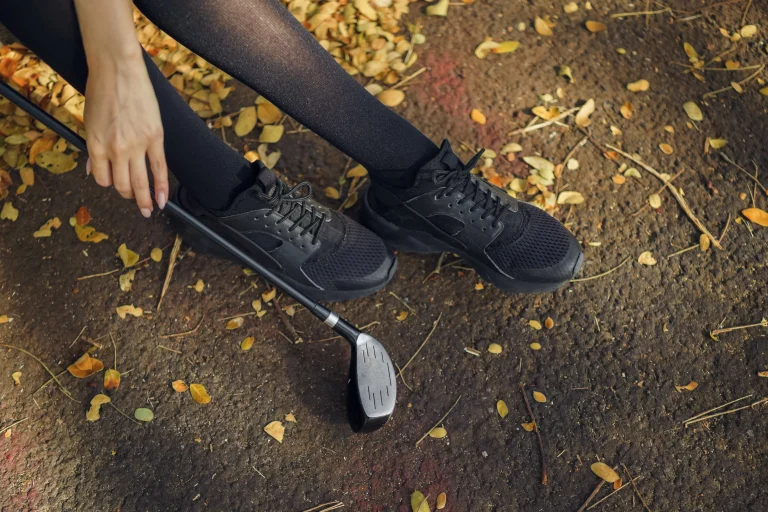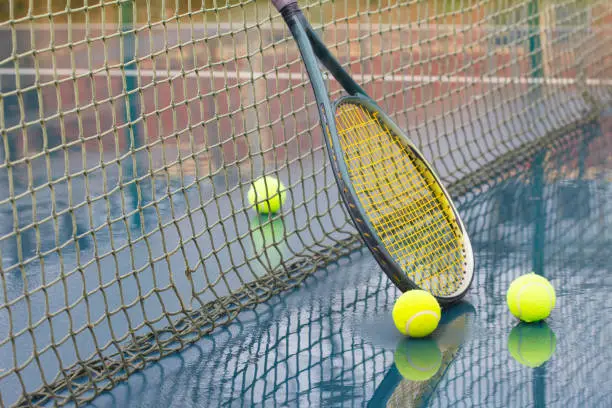What Are Rubber Soled Shoes?
Rubber soled shoes are a popular choice in footwear due to their durability, flexibility, and traction. The rubber soles provide a firm grip, making them ideal for various activities, from sports to everyday wear. In this blog post, we’ll answer this question, What are rubber soled shoes? and their versatility.
Whether you’re strolling through the city streets or engaging in outdoor activities, rubber soled shoes offer reliable grip and protection against slips and falls.
With their waterproof properties, these shoes are also ideal for wet or slippery conditions. Discover the comfort and reliability of rubber soled shoes, perfect for any adventure or everyday wear.
What Are Rubber Soled Shoes?
Rubber soled shoes are footwear that feature a sole made from rubber material. These shoes are known for their durability, flexibility, and excellent traction.
The rubber sole provides grip on various surfaces, making them suitable for different activities and environments. They offer shock absorption, protect the feet from impact, and provide comfort.
Rubber soled shoes are commonly used for outdoor activities, sports, and everyday wear, providing stability and reducing the risk of slips and falls.
A History of Shoe Soles
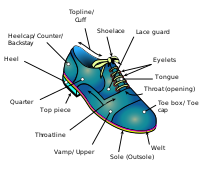
The history of shoe soles dates back thousands of years. In ancient times, people used natural materials like animal hides, woven grass, and wood to protect their feet. As civilizations advanced, so did the materials used for shoe soles.
In ancient Egypt, sandals were made with woven papyrus or palm leaves for the soles. The Romans introduced leather soles, which were durable and provided some protection. In the Middle Ages, wooden soles became popular, often combined with leather uppers.
The Industrial Revolution brought significant advancements in shoe sole production. In the 19th century, the invention of vulcanized rubber by Charles Goodyear revolutionized the industry.
Vulcanization involves treating rubber with heat and sulfur, resulting in a more durable and flexible material. Rubber soles became widely used, providing better traction and shock absorption.
In the early 20th century, synthetic materials like neoprene and polyurethane were developed, offering even more versatility and durability.
These materials allowed for the creation of specialized soles for different activities, such as athletic shoes with cushioned soles for running or cleated soles for sports like soccer.
Today, shoe soles continue to evolve with advancements in technology and materials.
Manufacturers use a variety of rubber compounds, foams, gels, and other synthetic materials to create soles that offer optimal comfort, support, and performance for different types of footwear.
The history of shoe soles reflects the constant pursuit of improving comfort, protection, and functionality, resulting in the diverse range of soles available in modern footwear.
The key differences between leather and rubber soles
Leather and rubber soles are two common types of shoe soles, each with its own distinct characteristics. Here are the key differences between them:
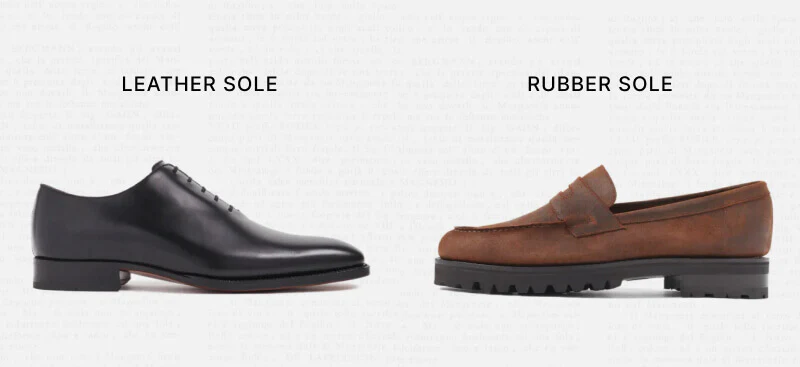
1) Material
Leather soles are made from animal hides, typically cowhide, which are treated and processed to create a durable and flexible sole.
Rubber soles, on the other hand, are made from synthetic or natural rubber compounds.
2) Traction
Rubber soles generally provide better traction than leather soles. The natural grip and texture of rubber make it more slip-resistant, especially on wet or slippery surfaces. Leather soles may lack the same level of traction, particularly in adverse weather conditions.
3) Durability
Rubber soles are known for their durability and resistance to wear and tear. They can withstand rough terrain, repeated use, and exposure to various elements. Leather soles, while still durable, may require more maintenance and care to prevent excessive wear and damage.
4) Comfort
Leather soles tend to offer a more comfortable and breathable feel. They conform to the shape of the foot over time, providing a personalized fit. Rubber soles, although cushioned and shock-absorbent, may not offer the same level of breathability and foot molding.
5) Aesthetics
Leather soles are often associated with formal or dress shoes, as they have a sleek and elegant appearance. Rubber soles are commonly found in casual and athletic footwear, offering a more sporty or casual look.
6) Repair-ability
Leather soles can resoled and repaired by cobblers, extending the lifespan of the shoes. Rubber soles, while durable, are generally not as easily repairable and may require a complete sole replacement.
Why are rubber soles better?
Rubber soles considered better for several reasons. Firstly, they provide excellent traction on various surfaces, reducing the risk of slips and falls. Secondly, rubber soles are durable and long-lasting, making them ideal for everyday wear and outdoor activities.
Rubber soles offer flexibility, allowing for comfortable movement and natural foot motion. They also provide shock absorption, cushioning the feet and reducing impact on joints.
Lastly, rubber soles are often waterproof, protecting the feet from moisture and keeping them dry.
Overall, these qualities make rubber soles a preferred choice for many individuals seeking reliable and versatile footwear.
Types of Rubber Soles
There are several types of rubber soles that commonly used in footwear. Here are a few examples:
1) Solid Rubber Soles
These made from a single piece of solid rubber, providing excellent durability and traction. They commonly found in athletic shoes and work boots.
2) Gum Rubber Soles
Gum rubber is a softer and more flexible type of rubber. The gum rubber soles offer good grip and are often used in casual and skateboarding shoes.
3) Crepe Rubber Soles
Crepe rubber is a natural rubber with a textured, crinkled appearance. It provides good traction and is commonly used in casual and dress shoes.
4) Vibram Soles
Vibram is a brand known for its high-performance rubber soles. They are durable, provide excellent traction, and are often used in hiking boots and outdoor footwear.
5) Blown Rubber Soles
Blown rubber is a lightweight and cushioned type of rubber. It offers good shock absorption and is commonly used in running shoes.
Rubber sole replacement tips
If you need to replace the rubber soles on your shoes, here are some tips to help you with the process:
They prevent any slips and falls
Rubber soled shoes designed to minimize the risk of slips and falls. The rubber material used in the soles provides excellent traction, allowing for a firm grip on various surfaces. This helps to prevent accidental slips, especially on slippery or uneven terrain.
The flexibility and shock absorption properties of rubber soles also contribute to stability and balance, reducing the likelihood of falls.
Rubber soles can greatly reduce the risk, but they do not completely eliminate the possibility of slips and falls in all situations.
Related To: Most Durable Shoes For Work
Related To: Foot Strengthening Exercises For Running
They protect against falling objects
Rubber soled shoes can provide some level of protection against falling objects. The rubber material used in the soles offers a certain degree of impact resistance, which can help absorb and distribute the force of a falling object.
This can reduce the risk of injury to the feet. However, it’s important to note that the level of protection may vary depending on the specific design and construction of the shoe.
In situations where there is a higher risk of falling objects, it is advisable to wear footwear specifically designed for safety, such as steel-toed boots.
They protect against burns and exposure to high temperatures
Rubber soled shoes can offer some protection against burns and exposure to high temperatures. The rubber material used in the soles has inherent heat resistance properties, which can help insulate the feet from hot surfaces or objects.
This can be particularly beneficial in environments where there is a risk of encountering hot surfaces, such as industrial settings or outdoor activities.
However, it’s important to note that the level of protection may vary depending on the specific shoe design and the duration and intensity of the heat exposure.
In situations with extreme heat or prolonged exposure, specialized heat-resistant footwear may be necessary for optimal protection.
Related To: How Often Running Shoes Replace?
Related To: How To Avoid Creasing Shoes
Conclusion
Rubber-soled shoes are a practical and reliable choice for individuals seeking footwear that offers durability, traction, and comfort. With their flexible rubber soles, these shoes provide excellent grip and shock absorption, making them suitable for various activities and terrains.
Whether you’re exploring the great outdoors or navigating urban environments, rubber soled shoes offer the peace of mind of enhanced stability and protection against slips and falls. Invest in a pair of rubber-soled shoes today and experience the unbeatable combination of style and functionality.

